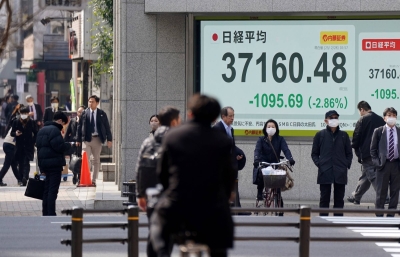War wounds still have not healed. Issues relating to Korean "comfort women" continue to fester; so do issues relating to the hibakusha. The comfort women and hibakusha have dwindled in numbers; their war-time suffering requires the attention of the current symbol of the Japanese state.
A less-known war-related wound is the suffering inflicted on certain subjects of Emperor Showa. These subjects, as fully Japanese as the men who planned and carried out the attack on Pearl Harbor, were immigrants. They came to Hawaii from Hiroshima, Yamaguchi, Kumamoto, Fukuoka and Okinawa.
This year is the 150th anniversary of Japanese immigration to Hawaii.
Reconciliation with American Nikkeijin would bring Emperor Akihito's reign to a fulfilling end. It could be accomplished with a heartfelt apology to the first generation of immigrants and their American children.
"I have considered that the first and foremost duty of the Emperor is to pray for peace and happiness of all the people," the Emperor is quoted as saying. In addition to a prayer, he could offer a sincere, heartfelt apology for the ill-fated attack while visiting the USS Arizona Memorial.
A single apology, drafted by a committee of government bureaucrats, does not, however, amount to contrition.
The U.S. government treated the issei and nisei shamefully because they were ethnically Japanese. What is wounding to Americans of Japanese ancestry today is that the Japanese government had no regard for compatriots (dōhō) who were living in a new land, struggling to make new lives for themselves.
Redress by the U.S. government came in the form of the Civil Liberties Act of 1988, which provided a formal apology and reparations.
Japan's goal should be nothing less than contrition. An apology from Emperor Akihito would prepare the way for his successor to visit the internment camps, one in Hawaii and 10 on the American mainland.
Emperor Akihito can establish an important legacy as a healer of war wounds.
The opinions expressed in this letter to the editor are the writer's own and do not necessarily reflect the policies of The Japan Times.

















With your current subscription plan you can comment on stories. However, before writing your first comment, please create a display name in the Profile section of your subscriber account page.